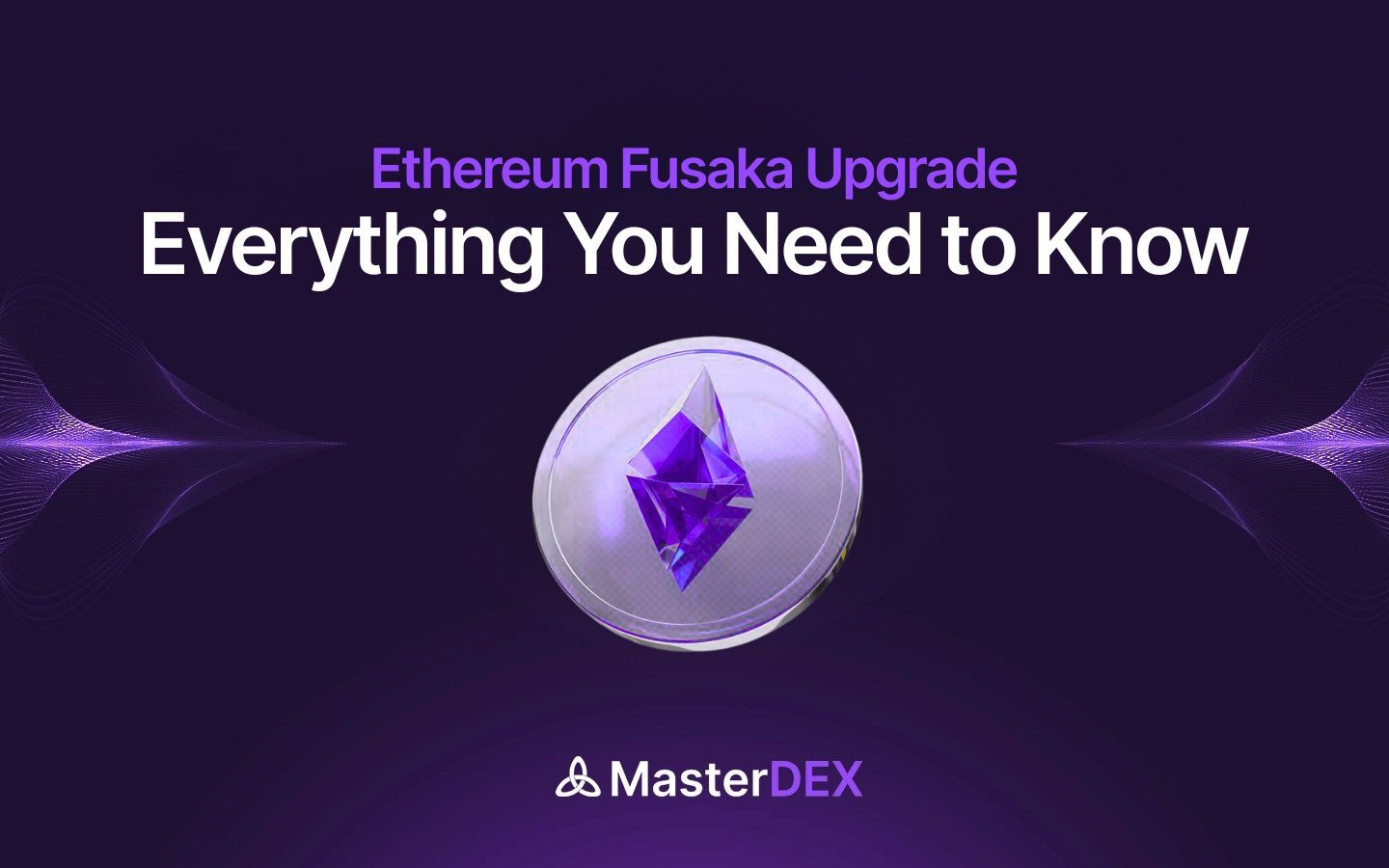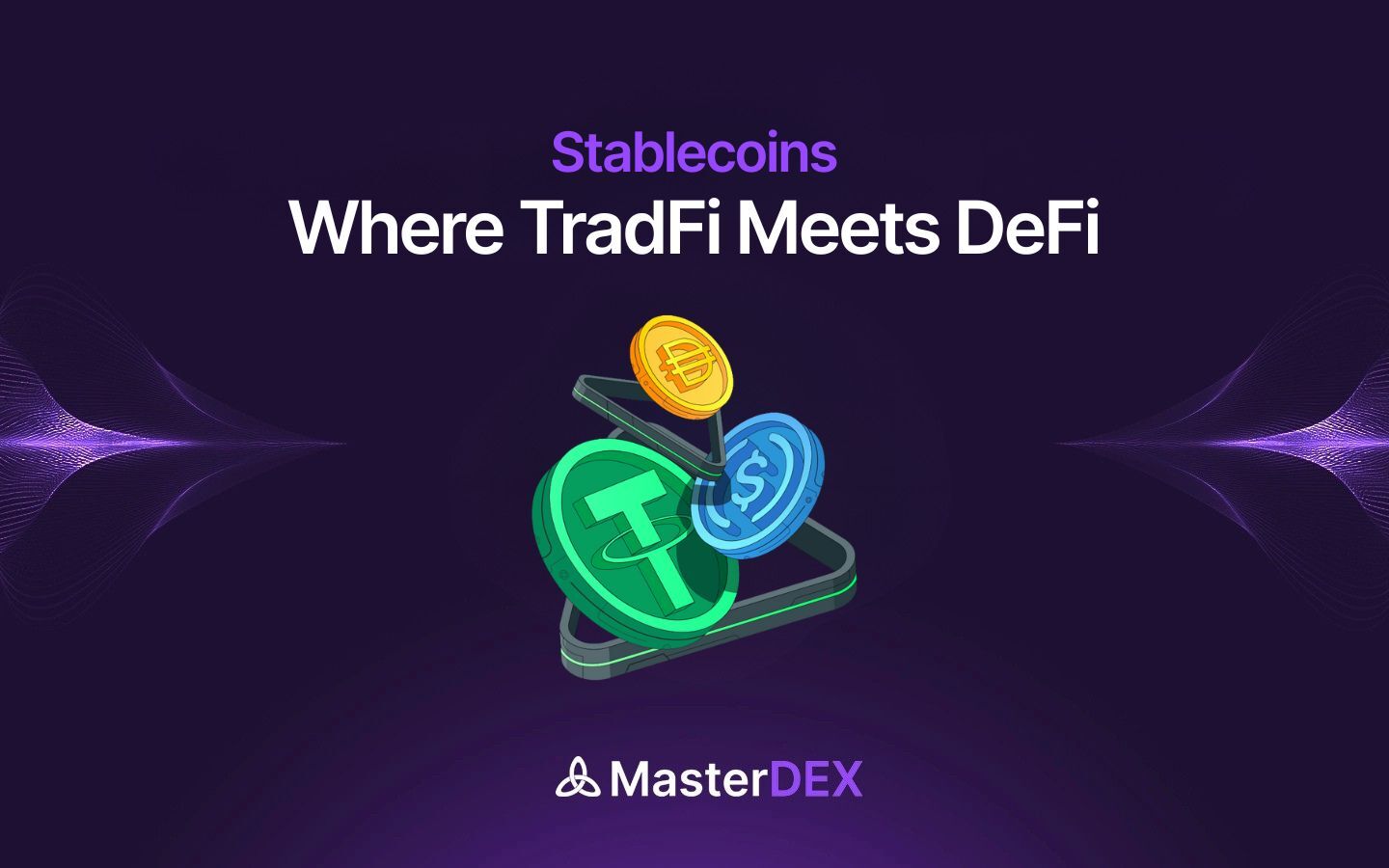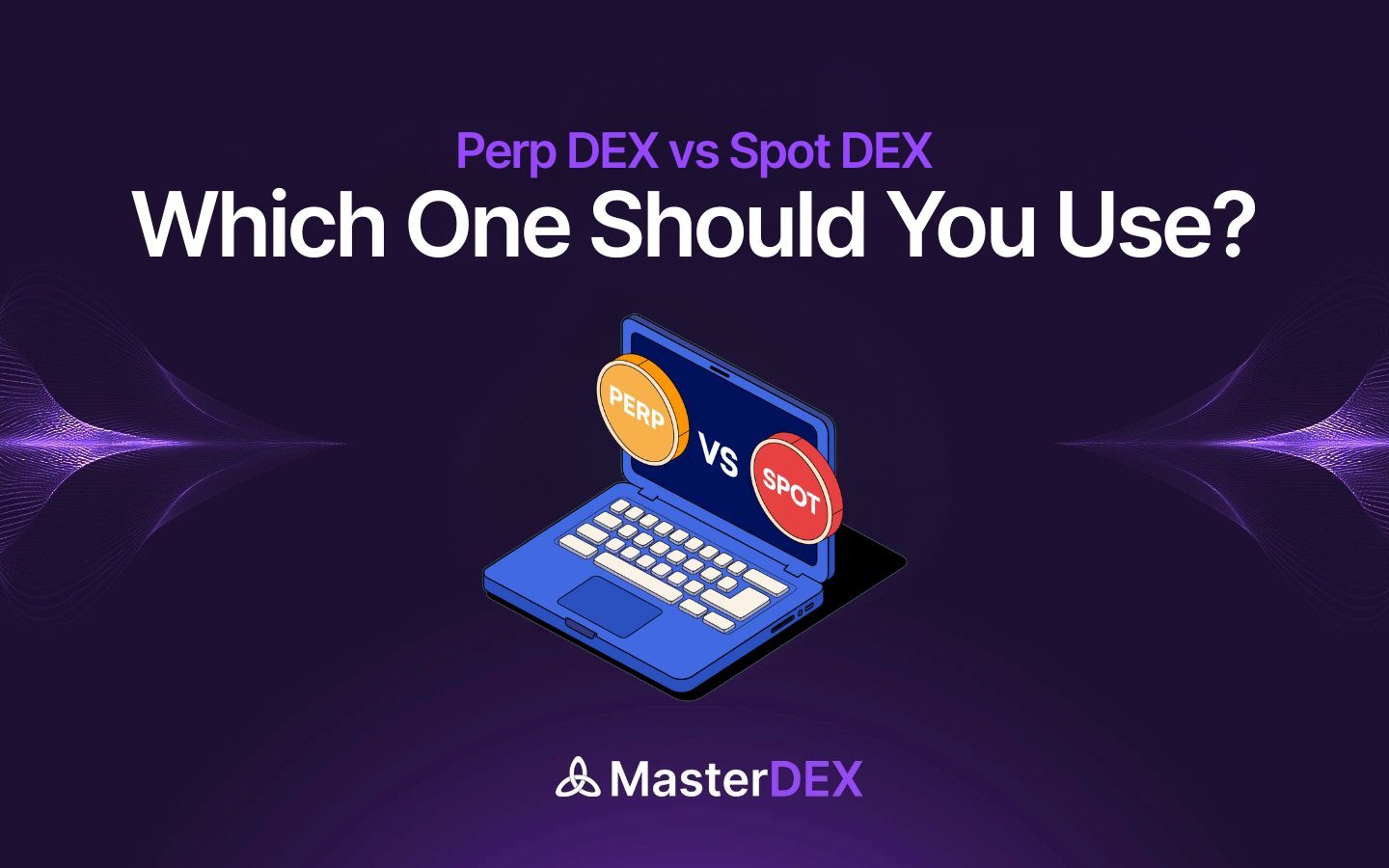Table of Contents:
ToggleIntroduction
Decentralized Finance (DeFi) has reshaped access to financial services by allowing users to trade, lend, borrow, and earn yield without banks or intermediaries. While the ecosystem may seem complex at first glance, the process of starting your DeFi journey becomes far easier when you follow a structured approach. This guide prioritizes the practical steps so you can move from theory to action quickly and safely. But before that lets quickly understand what DeFi is?
What Is DeFi? Understanding the Basics
DeFi runs on blockchain networks and uses smart contracts instead of traditional institutions. These digital agreements power everything from lending pools to decentralized exchanges. While understanding the concept is valuable, you don’t need deep technical knowledge to invest, you simply need to understand the tools and steps involved.
Step 1: Understand the Core Components of DeFi
Mandatory pointer: In order to invest in DeFi, the first step is to learn what a crypto wallet is.
A crypto wallet is your entry point into DeFi. It stores your assets and connects you to decentralized applications. Once you grasp how wallets work, everything else becomes clearer.
Beyond that, you’ll interact with blockchains, tokens, and smart contracts. Each DeFi action, whether swapping tokens or earning rewards, happens through these automated digital systems. Understanding the basics helps you avoid mistakes and navigate platforms confidently.
Step 2: Set Up a Secure Crypto Wallet
Mandatory pointer: Store your seed phrase offline and never share it.
Setting up a wallet like MetaMask, Trust Wallet, or Coinbase Wallet is straightforward. Security, however, is crucial. Your seed phrase is the master key to your funds, so write it down on paper and keep it in a safe place. With your wallet ready, you unlock the ability to connect to any DeFi platform globally.
Step 3: Purchase Your First Cryptocurrency
Mandatory pointer: Double-check the network when transferring tokens.
Buy your first crypto such as ETH, BNB, or MATIC through a centralized exchange. After purchasing, transfer the tokens to your wallet. Most mistakes happen when users select the wrong network during transfers. Ensuring this one detail prevents lost funds and unnecessary frustration.
Once your tokens are in your wallet, you’re prepared to start exploring DeFi platforms.
Step 4: Choose the Right DeFi Platform
Mandatory pointer: The next crucial step to invest in DeFi is to always choose platforms with strong security and audits.
Not all DeFi platforms are equal. A secure, audited protocol with transparent operations should be your default choice. Avoid projects with unclear development teams or unrealistic return promises.
This is also where platforms like Masterdex become relevant. Masterdex provides a user-friendly interface for swaps and trading, making it an appealing starting point for investors who want simplicity without sacrificing the decentralized nature of DeFi. Its clean layout helps beginners avoid the confusion that often comes with older or overly technical exchanges.
Step 5: Explore the Main Types of DeFi Investments
Mandatory pointer: Start with one simple investment type before expanding.
DeFi offers a variety of ways to grow your holdings. Staking is often the easiest entry point, allowing you to lock your tokens and earn passive rewards. Yield farming provides higher returns but carries additional risks depending on the platform and token pair.
Liquidity pools, commonly used on decentralized exchanges, let you deposit token pairs to facilitate trades. In return, you earn a portion of swap fees. Platforms like Masterdex, which also offer transparent liquidity pools, allow you to participate in this model without navigating overly complex dashboards.
Lending and borrowing is another major category, ideal for those looking to earn steady interest or use existing holdings as collateral.
In order to invest in DeFi, start with one method, learn how the transactions work, and expand once you’re comfortable.
Step 6: Understand the Risks and How to Manage Them
Mandatory pointer: Never invest more than you can afford to lose.
DeFi comes with unique risks, including smart contract vulnerabilities, impermanent loss, volatile markets, and occasional bad actors. While these risks shouldn’t scare you away, they should encourage caution. Research protocols carefully, avoid unverified projects, and remember that even reputable platforms carry some level of uncertainty. Good risk management is the backbone of long-term success in DeFi.
Step 7: Start Small and Scale Your Portfolio
Mandatory pointer: Begin with small amounts to learn the mechanics.
Rather than diving in with large sums, start with a small transaction. Try a simple token swap or stake a modest amount to see how fees, confirmations, and rewards work. Once you understand the system, you can gradually increase your investment and explore more advanced strategies like yield farming or liquidity provisioning.
Patience in the beginning leads to confidence and better decision-making later.
Step 8: Best Practices for Long-Term DeFi Investors
Mandatory pointer: The last crucial step while investing in DeFi is to use a hardware wallet if holding large amounts.
Long-term DeFi success comes from consistent habits such as diversifying investments, avoiding hype-driven decisions, and maintaining strong security. A hardware wallet provides additional protection, especially when managing significant balances. Keeping informed about updates, platform changes, and market conditions also helps you adapt to the fast-moving environment.
Conclusion
DeFi continues to grow rapidly, offering more accessible and transparent financial tools than ever before. By following these investing in Defi steps like setting up a secure wallet, choosing reliable platforms, starting small, and understanding risks, you can confidently participate in the decentralized economy. Start with a simple action today, and build your strategy as you gain experience.



